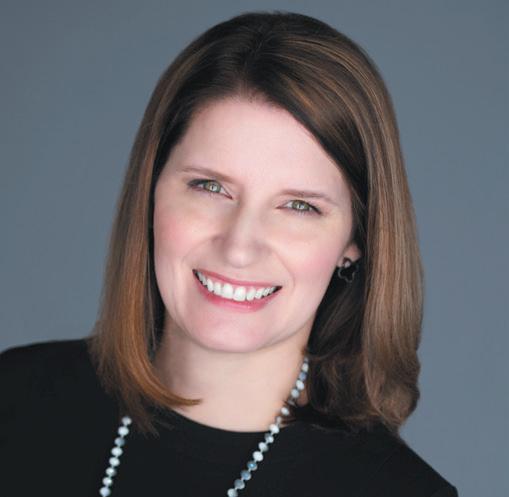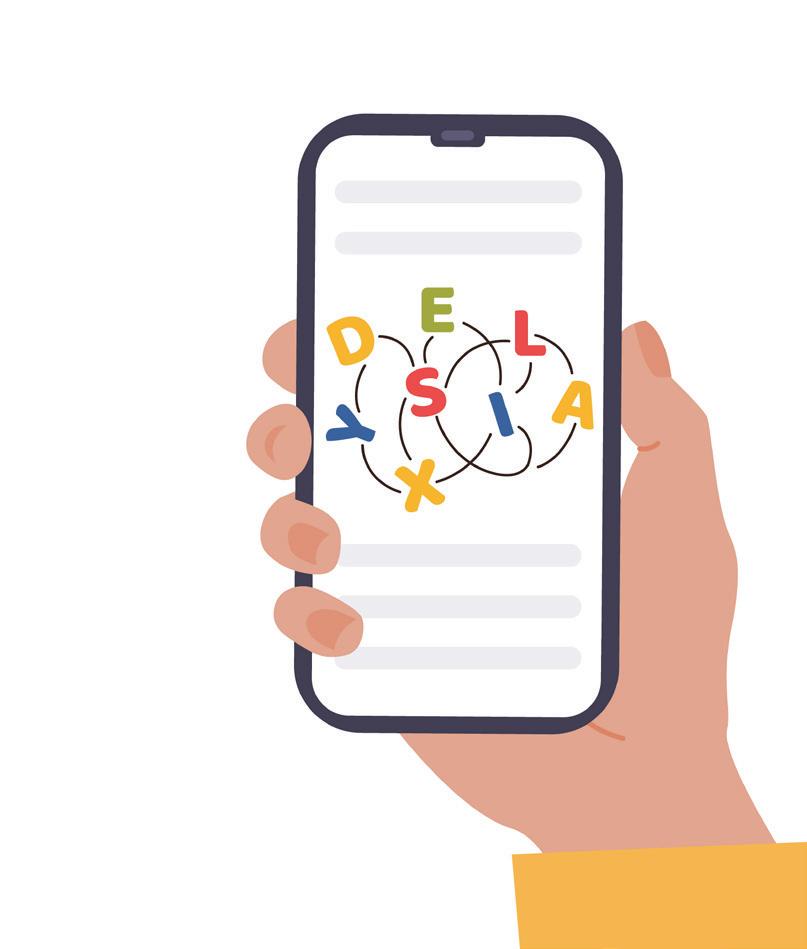
2 minute read
How Physicians Can Help Their Dyslexic Patients



By Jane ehrhardt
“Pediatricians and primary care providers have a unique opportunity to help families concerned with their child’s reading ability,” says Stephanie Denton, MD, CEO and president of Alabama Game Changers (AGC).

Denton, a pediatrician, and certified pediatric nurse Karen Belcher founded the nonprofit in 2014 to accurately diagnose dyslexia in children and guide their parents toward support services. Their focus was to bring educational and medical professionals together in this effort. This is reflected in their Board of Directors, which includes an Assistant Principal in an Alabama Public School, along with two pediatricians a pharmacist, an RN, and DNP. In addition, four of the board members are parents of dyslexic children, and two were diagnosed with dyslexia themselves.
In 2020, AGC expanded their purpose. “Just having a diagnosis isn’t enough,” Denton says. “What really matters is what is done next.” Their end goal now includes treatments to lessen learning struggles in both children or adults by strengthening their skills, minimizing bar- riers, and adjusting environments using scientifically proven methods backed by years of research by the National Institute of Child Health and Human Development (NICHD).

That same year, Alabama Game Changers opened the state’s first multidisciplinary treatment center in Birmingham that provides a medical approach to building literacy. Partnered with Florida-based The Morris Center and Neurodevelopment of Words Programs (NOW! Programs), their treatments utilize science to promote neural plasticity for effective, long-lasting learning. The approach builds a foundation of sensory processing and thinking skills to improve the most likely cause of that individual’s learning difficulties.
Physicians perform the initial screenings for AGC. “A lot of the struggles can be tracked in their medical history,” Denton says. “We can see where the crack in that foundation started.” A host of medical conditions can impede learning, including sensory disorders, autism, cleft lip, neurodevelopment issues, and depression. Utilizing healthcare providers as evaluators has the added benefit of possible treatment coverage by insur- ance, including speech, language, and fine motor deficits.


Environmental or developmental causes also get identified, such as in utero drug exposure, prematurity, and fetal-alcohol syndrome. Adoption is a common factor. “70 percent of children who are adopted will have learning issues,” Denton says. “With that in mind, we work with the adoption center at UAB.
“Diagnostic testing at AGC is designed to identify a child’s strengths and weaknesses, to holistically evaluate factors that impede progress. And then to make recommendations for evidence-based interventions that address the specific needs of the child in a way that is feasible for the family.”



The interventions vary as needed, utilizing a wide variety of specialists from occupational and speech therapists to neuropsychologists. Some may only require an advocacy plan to work with schools.
The sessions at AGC can be as simple as individual reading programs once a day or even in-house stays. “Some stay with us for months under a home-school umbrella where we’re working not on academics, but on teaching the basics,” Denton says. “Some children have complex needs.” Some of those have traveled
(CONTINUED ON PAGE 9)










